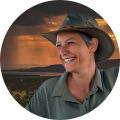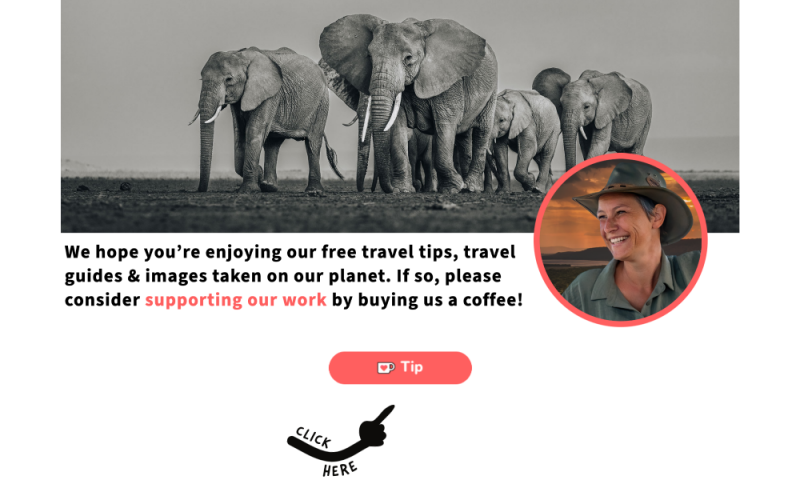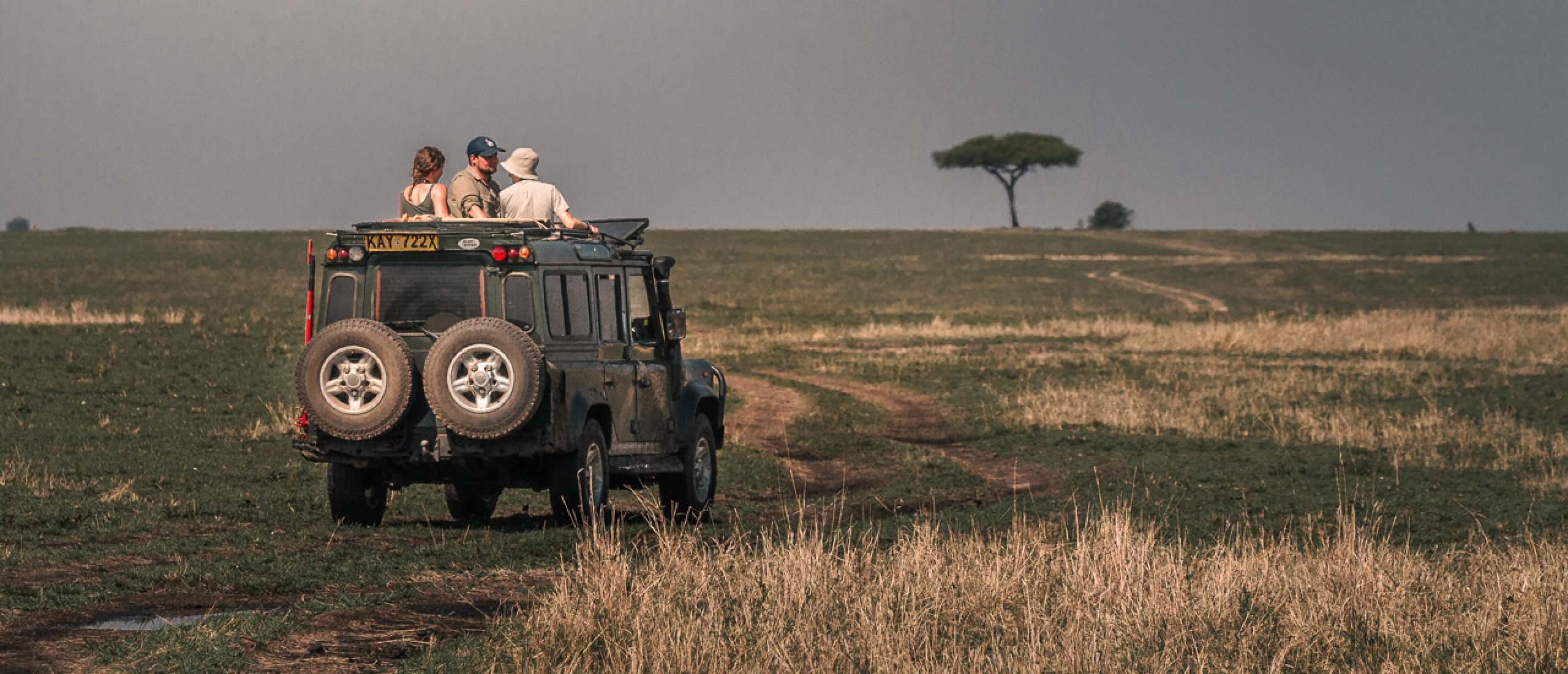
The Masai Mara National Reserve is one of the most popular safari destinations in East Africa. Without a doubt, a Masai Mara safari in Kenya guarantees a memorable experience with spectacular game drives and stunning landscapes. This article will guide you through everything you need to know for a safari in the Maasai Mara in Kenya.
Why is Masai Mara famous?
About 300,000 tourists visit the Masai Mara each year because of the abundance of wildlife and its iconic Savannah landscape with desert date trees. The Masai Mara National Reserve is also famous for the Great Migration, referring to large numbers of wildebeests, zebras, and gazelles crossing the Maasai plains and the Mara River searching for food and water between Tanzania and Kenya.
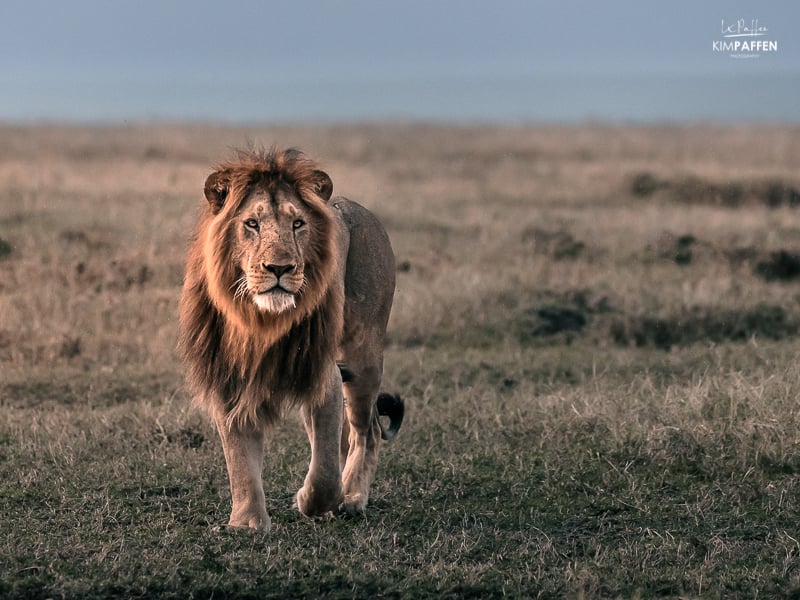
The Masai Mara is home to Africa’s Big Five game animals, as well as other impressive animals like cheetahs, giraffes, zebras, hippos, crocodiles, and more. The Masai Mara is widely known as the most famous and leading safari destination in East Africa. It’s a paradise for photographers and travelers who love nature.
Despite covering only 0.01% of Africa’s total landmass, over 40% of Africa’s larger mammals can be found in the Mara.
The Masai Mara National Reserve is named in honor of the Maasai people, an indigenous ethnic group of semi-nomadic people famous for their culture and traditions like the red clothes. Visiting a Masai village is another reason why people choose Masai Mara, Kenya for a safari in Kenya.
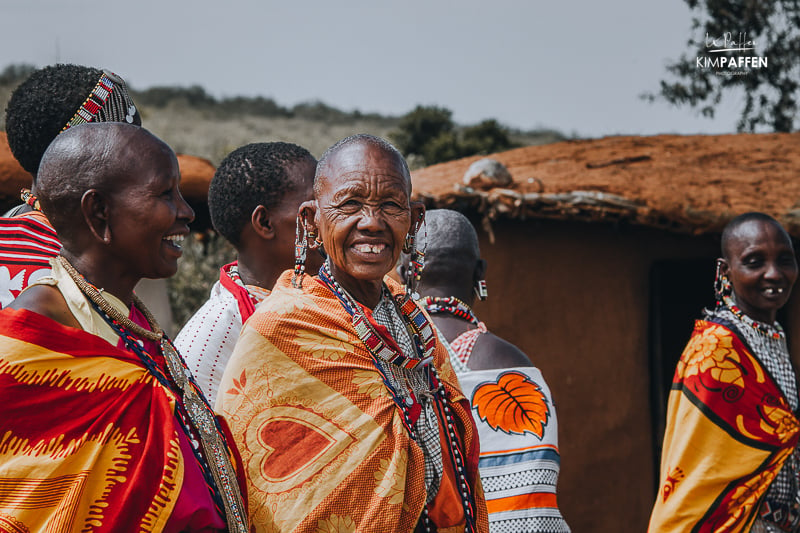
The beauty of the Maasai Mara’s Landscape
The Maasai Mara Game Reserve is characterized by endless open Savannah plains, dotted (acacia) trees, and rolling hills. The word ‘Mara’ means ‘spotted’ in the ‘Maa’, language, which refers to the landscape in the reserve. The Mara River runs through the Mara National Reserve, which provides the only permanent source of water in the dry season. The Mara River plays an essential role in the Great Migration and is home to many other African animals like Nile crocodiles and hippopotamus.
The Maasai Mara in Kenya also offers big dramatic skies, beautiful sunrises, and outstanding African sunsets, which are a photographer’s dream to capture. There are also tour operators that offer more specialized photo safaris in the Maasai Mara.
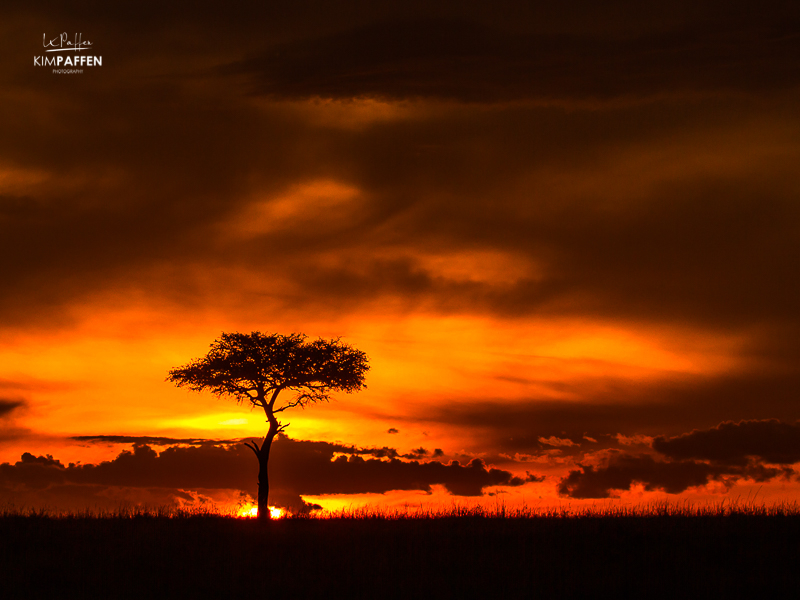
Where is the Masai Mara National Reserve located?
The Masai Mara National Reserve is located in Southern Kenya, along the Great Rift Valley, and covers a surface of 1,510 square km (583 square miles). It’s about 224 km from Nairobi, the Capital of Kenya. The Masai Mara National Park borders Tanzania’s Serengeti National Park, both are part of the larger Mara-Serengeti Ecosystem. The Mara-Serengeti ecosystem is one of the largest and most protected ecosystems on Earth.
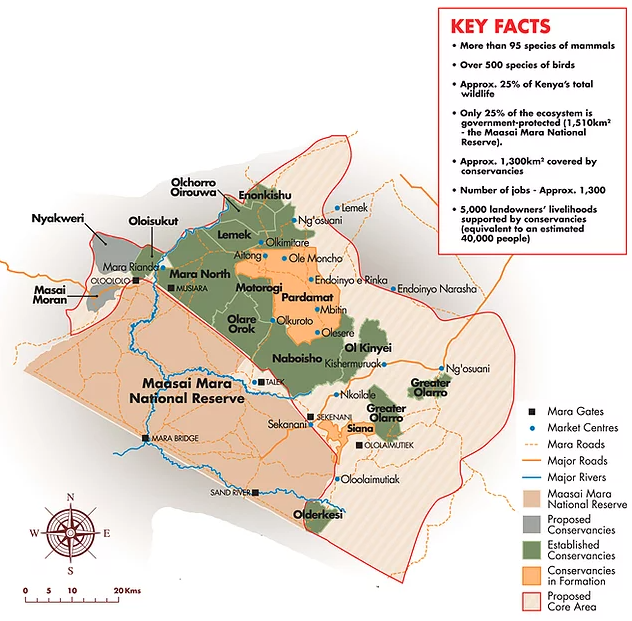
Map Source: Maa Trust
How to get to Masai Mara?
There are several options to get to the Masai Mara in Kenya. The two most popular options are overland by (private) transfer or by plane. Another option is booking a complete safari tour. Many tour operators offer Masai Mara Safari Packages that include transfers from and to Kenya's stunning Masai Mara.
If you travel on your own, without a Masai Mara tour, you have four options; by plane, a transfer (taxi), public transport, or a self-drive.
Masai Mara by plane
Flying is the quickest and most comfortable way to get to the Masai Mara, but also the most expensive one. The Nearest International Airport to the Masai Mara Kenya is the Jomo Kenyatta International Airport in Nairobi. It’s a 45-60 minute flight from the Mara, depending on the part you are staying in.
Luxury safari accommodations in the Maasai Mara often offer a private transfer by plane, and most of them have a private airstrip. There are also daily flights to the Masai Mara from Nairobi Wilson Airport, provided by airlines like SafariLink and Air Kenya. The aircraft will land on an airstrip near your camp. After this flight, a driver needs to pick you up for a drive to your accommodation. The cheapest return ticket by plane will start at around 350 US dollars.
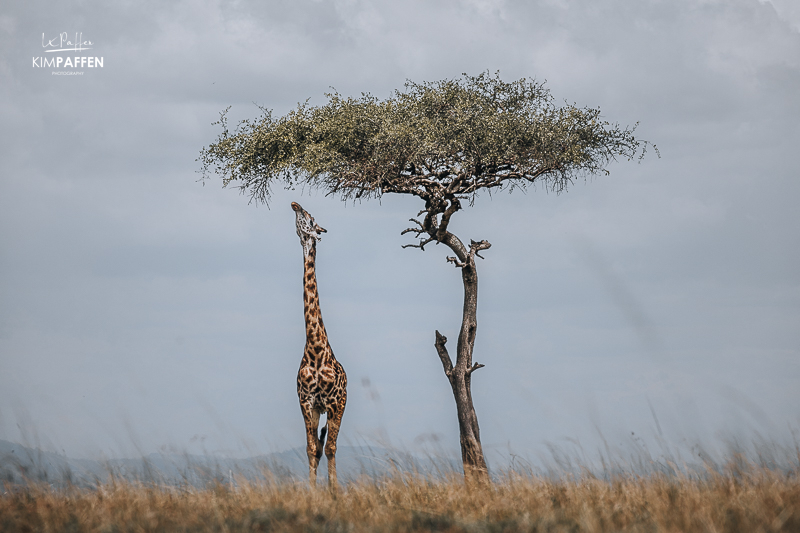
Private transfer by car to the Masai Mara
In my opinion, a private transfer or taxi is the best option to travel to the Masai Mara from Nairobi airport. The drive will take about 5-6 hours, depending on where you are staying. I love this way of traveling as get to know the country better by traveling overland. By driving through various villages, you get a glimpse of how the people live, and what they sell along the streets. It’s the best way to learn about Africa. Another reason to take a (private) transfer is that you can sit back and enjoy the scenery plus the opportunity to stop and take photos at the greater Rift Valley viewpoint, the world's largest valley. The downside of traveling overland is that the roads can be bumpy, especially the last part when you enter the long gravel road to the Maasai Mara. Be prepared for an 'African massage'.
The average price of a single transfer from Nairobi to Masai Mara is about 120 - 150 US Dollars per person. There is always an option to negotiate if you are traveling in a group.
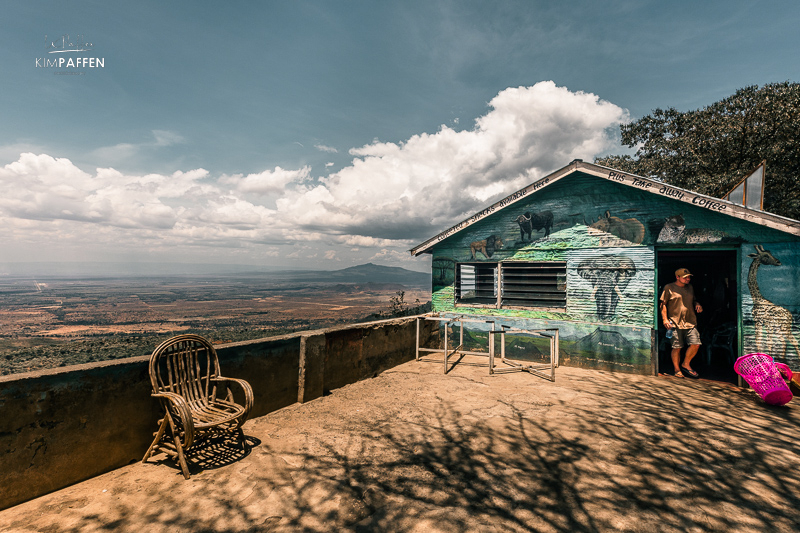
Masai Mara by Public transport
Traveling to the Masai Mara in Kenya by public transport might be the cheapest and Africa’s most authentic way but at the same time the most uncomfortable and challenging way. To get to the Masai Mara by public transport, you need to use a local public transport bus, called a "Matatu". There is no direct connection from Nairobi to Masai Mara and the journey will take about 9-11 hours without technical problems.
Matatu
To reach Masai Mara by public transport, you first need to travel from Nairobi to Narok. The buses from the transport operator ‘Narok Line’ embark from Nairobi’s ‘River Road’ area, in the Central Business District. The matatu buses in Kenya will only depart when they are full, so there are no scheduled departure times. It’s advised to be there at about 07.00 AM. You can expect a bumpy, dusty, and uncomfortable drive.
Easy Coach Bus
Another option is booking a bus ticket with Easy Coach LTD to Narok ($10), either online through the Easy Coach website (Mpesa payment only), or at one of their offices.
Note that Easy Coach isn't going to the Maasai Mara, but when you arrive at the bus station in Narok, you can either take a matatu or a taxi from there.
A taxi shouldn't cost you much more than $50 and you can often share a taxi. I tried this option myself, and it worked perfectly fine for me. I booked my ticket online (Nairobi to Narok) and could choose my seat. From Narok, I arranged a private taxi to the Northern Maasai Mara Conservancies (Lemek, Enonkishu, Ol Chorro). Get in touch if you need contacts for a private transfer!

Be aware that if you choose to go with a matatu, your luggage will be squeezed inside, and the buses are mostly dirty and old. The drive from Nairobi to Narok will cost about 3 USD without a tip for the driver. To continue your way to the Masai Mara, you need to take another matatu in Narok. The matatu from Nairobi drops you off at the top of a hill, 1.5 km away from the buses that depart to the Masai Mara. You can either walk or ask a motorbike driver to bring you to the ‘Naivas supermarket’, that’s where the buses depart.
To continue your journey to the Masai Mara, you need to take a bus towards Sekenani Gate, located on the eastern side of the Masai Mara Game Reserve. Make sure to have accommodation in this area and tell your driver where you’re staying before you leave Narok, so they know where to drop you. This second drive from Narok to the Masai Mara will cost about 5 USD excluding a tip for the driver.
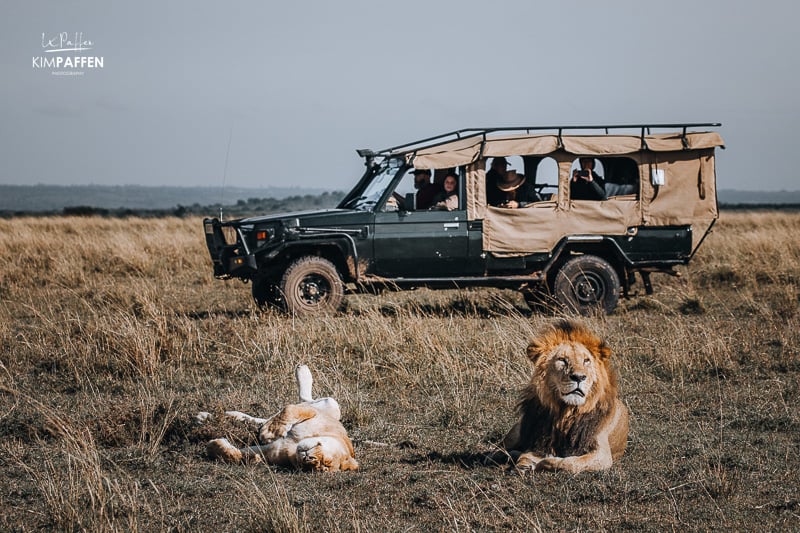
Self drive in the Masai Mara
It is possible to do a self-drive in the Masai Mara, but it’s recommended to go with a local field guide who knows the area, the rules, and who understands the seasonal patterns and behavior of the animals. Roads toward and inside the reserve can be tough, and it can be quite complicated to find where to go in the Masai Mara.
If you choose to do a self-drive in the Masai Mara, you need to be well-prepared. Do your research about the areas in and around the reserve, within the Greater Masai Mara ecosystem, the different entrance gates, the fees, your car maintenance like refueling, and the road conditions.
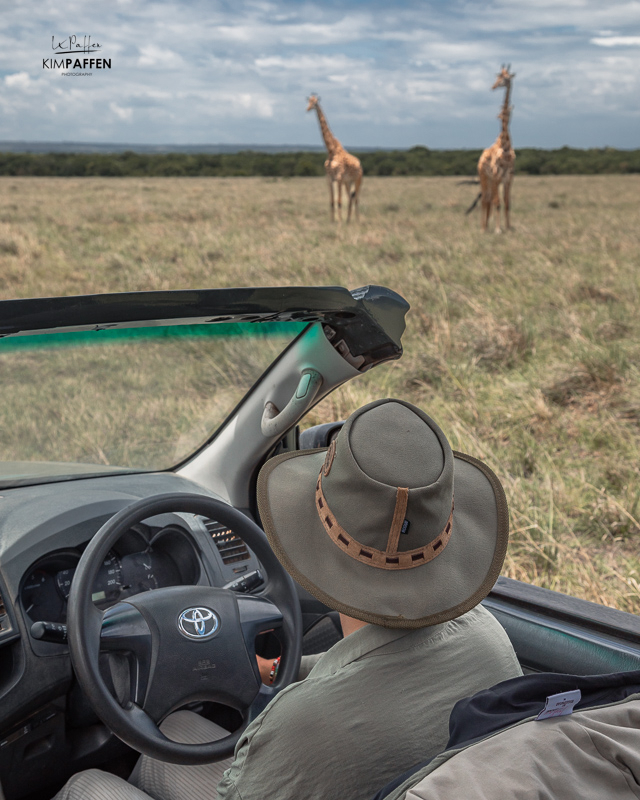
Wildlife Course in the Maasai Mara
Have you ever considered doing a wildlife course in the Maasai Mara as an alternative to a regular safari trip?
If you are a nature and wildlife lover and want to enhance your knowledge of the natural world and African wildlife, a field guide course in the heart of the Maasai Mara is the perfect fit!
These wildlife courses - varying from 6 days to 1 year - are not only for the ones who pursue a career as a safari guide but for all nature enthusiasts who want to spend meaningful time in the African bush in order to get a better understanding of the natural environment and animal behavior. It's a great alternative to an 'ordinary' group safari trip, ticking off the Big Five as you will learn so much more from all the experienced trainers.
I wrote an article about my personal experience of doing a wildlife course in the bush and 14 reasons to consider a safari guide course.
Since October 2021, I'm a qualified Field Guide (NQF2), and as a photographic tour leader, I offer private or small group photo safaris in Africa. Send me an e-mail at hello@ourplanetinmylens.com to enquire about the possibility of going on a Kenya photo safari with me or if you want to receive more information about booking a wildlife course in the Maasai Mara.
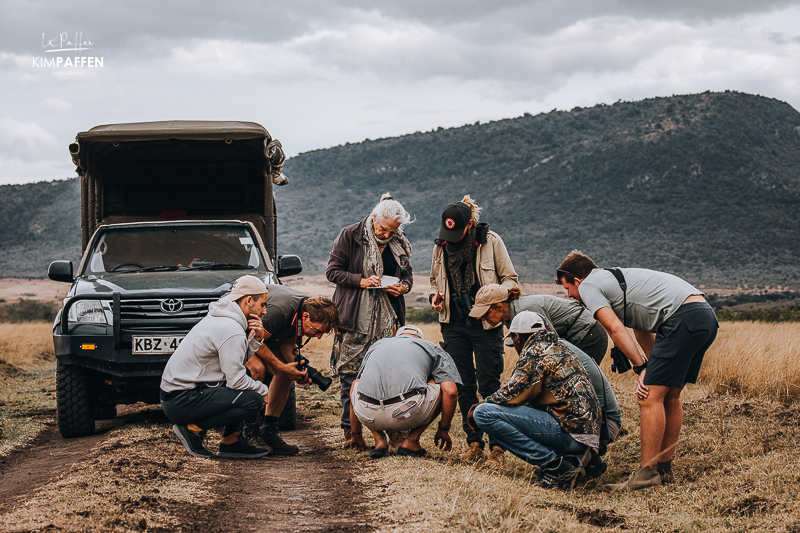
The Best Time for Safari in Masai Mara, Kenya
The Masai Mara Kenya is an all-year-round safari destination because of the excellent wildlife viewing throughout the year. In general, the best time to go on safari in Masai Mara is from July to October, during the dry season. During these months, the chances of sightings near waterholes and rivers are high and there is no or little rainfall.
The most popular time to visit the Masai Mara is during July and August because of the highest chance of seeing the Wildebeest migration. At the same time, it’s the busiest and most expensive period to travel to the Masai Mara.
When planning your Masai Mara safari it’s important to be aware of the two rainy seasons. You can expect long rains from April to May and short rains in November and December. The advantage of the rainy season is that the scenery is green, which is great for birders. From October onwards, you can also be lucky to spot more newborns.
I love to plan my Masai Mara safari in June, September, October, or November.
RELATED: What to pack for safari in Africa? Use this Safari Packing Guide!

The Great Migration in the Maasai Mara
During July and August, the Mara plains are full of wildebeest, zebra, and antelopes who migrate between the Serengeti and the Masai Mara. Every year, more than 2 million animals are crossing the mighty Mara River in search of food and water. This world’s largest multi-species migration is a phenomenal wildlife viewing. While crossing the Mara River there’s always a high risk of getting caught by crocodiles and other predators.
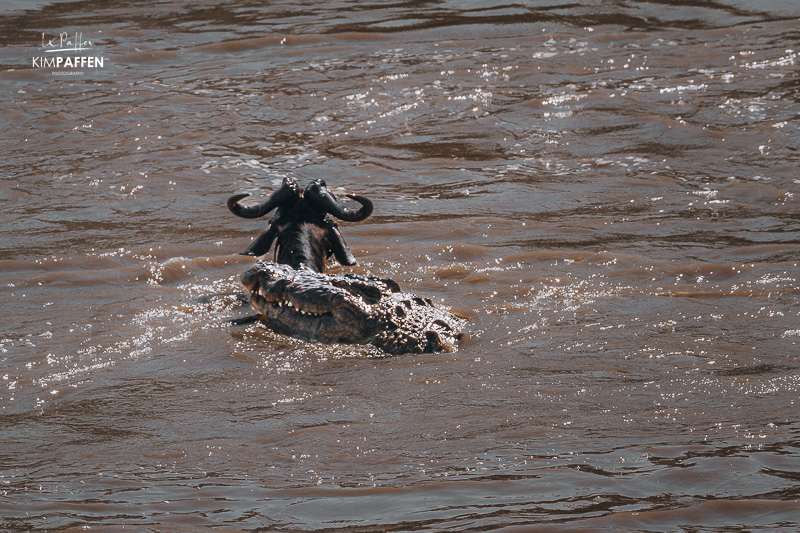
This natural spectacle of the Great Migration in the Maasai Mara attracts many tourists every year and is the busiest - and most expensive - time in the Masai Mara. Therefore, it's advisable to plan your stay in advance if you want to view this natural phenomenon.
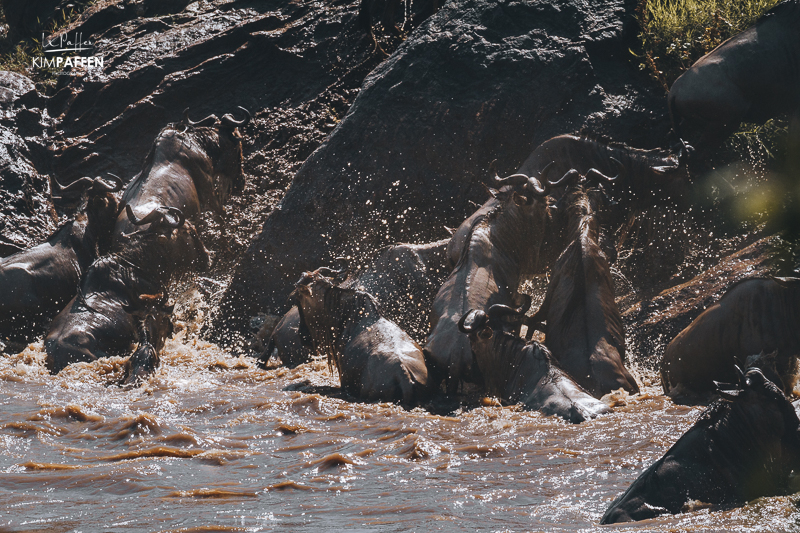
Fun Fact: Did you know the Wildebeest (or Gnu) is part of The Ugly Five animals of Africa? And that these five ugliest safari animals in Africa can all be found in the Maasai Mara National Reserve and the surrounding conservancies?
Is Masai Mara safe?
Safaris in the Masai Mara are safe, especially if your safari is primarily an organized tour or organized by your accommodation. For your safety, listen to the advice of your safari guide and make sure to follow the safety rules. The reserve itself is well protected by professionally trained and certified park rangers. The Mara is located far from agitated areas, so there’s no need to worry about safety in the Maasai Mara.
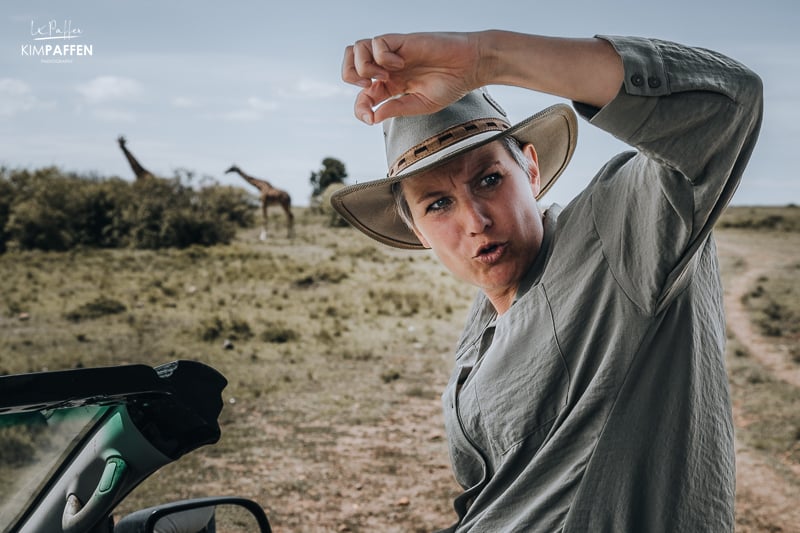
How many days do you need in Masai Mara?
A 3-day Masai Mara safari is the minimum to get the best out of your experience. It’s recommended to have at least two to four full days in the park to explore the variety of wildlife and sceneries. Many tour operators offer Masai Mara safari packages, which can be interesting because you don’t need to arrange everything on your own. If you have time, I recommend staying at two or three different lodges in different parts of the Mara and I also highly recommend booking a balloon safari.
RELATED: What to expect on a hot air balloon safari?
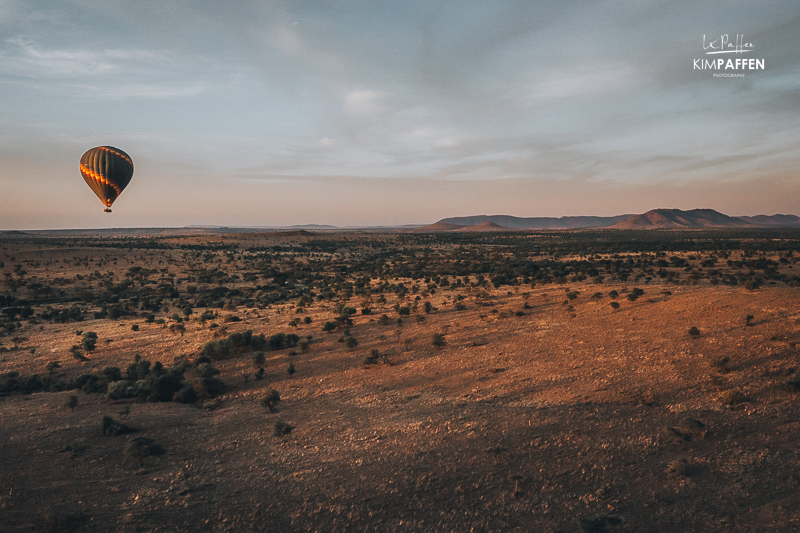
Is Masai Mara expensive?
The Masai Mara is an expensive tourist destination. Depending on the style you are used to traveling, prices vary. Masai Mara Safari packages cover all costs for accommodation, fees for Masai Mara National Reserve, (private) guides, meals, the vehicle, fuel, and more.
For instance, a budget 3-day Masai Mara safari package starts at 270 USD per person sharing. Budget means staying in a budget camp and sharing a vehicle with a group of 6 to 12 persons. Luxury safaris in Masai Mara can easily cost 1000 USD per person per night.
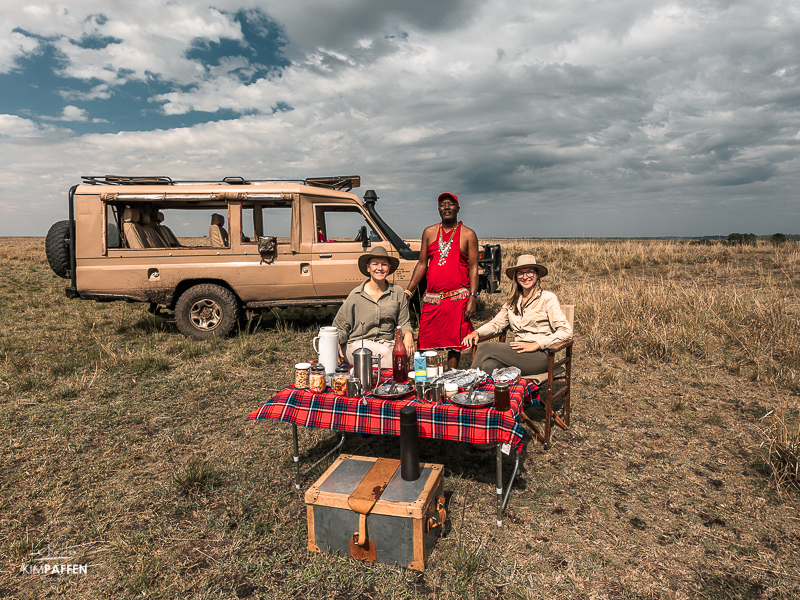
If you are an adventurous traveler and want to arrange everything on your own, you can spare some money. However, the park fees of the Maasai Mara National Reserve are not negotiable and they are not cheap. Until 2023, they were 80 USD per persoon for non-resident adults, but increased up to 200 USD in 2024.
Park Entry Fees Masai Mara 2024
The Narok County Council has increased the Masai Mara entry fees for 2024 and they differ per season.
The entrance fee for Masai Mara in 2024 for non-resident adults varies from 100 USD from 1st January until 3th June 2024, to 200 USD per person for the daily entrance fee into the Masai Mara National Reserve from 1st July until 31st December 2024. Children from 9 to 17 years old pay 50 USD, and children under 8 can enter free of charge.
Here's an overview of the Masai Mara Park Entry Fees in 2024:
- January 1 – June 30 2024 (inclusive) for non-residents:
- USD 100 per day, per adult
- USD 50 per day, per child from 9-17 years
- Children 8 years and below are free
- July 1 – December 31 2024 (inclusive) for non-residents:
- USD 200 per day, per adult
- USD 50 per day, per child from 9-17 years
- Children 8 years and below are free
Which part of Masai Mara is best?
The two rivers of the reserve, the Mara River and Talek River, naturally divide the reserve into three parts; Sekenani, the Mara Triangle, and Musiara.
Mara Triangle
It takes some more effort to drive to the Mara Triangle because it’s more remotely located and only a few accommodations are based there. This part is less crowded, and it’s the gateway to Tanzania’s Serengeti National Park. Especially during the Great Migration, it would be great to spend time in or near the Mara Triangle, but in general, I would suggest focusing more on the accommodation than the location in the Mara.
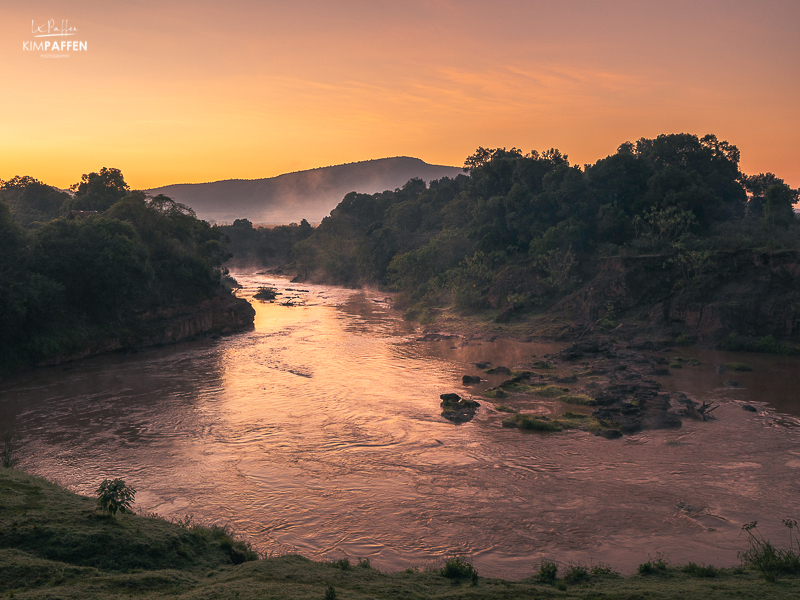
Mara Conservancies
Apart from the areas inside the reserve, several private conservancies border the Masai Mara National Reserve. These conservancies are also part of the Mara-Serengeti Ecosystem, all without fences so that the wildlife can roam freely from the Maasai Mara National Reserve into the conservancies and vice versa. If it suits your budget, it’s a lovely way to get a more exclusive experience and an abundance of wildlife. Examples of Mara Conservancies are Enonkishu Conservancy, Lemek Conservancy, and Naboisho Conservancy.
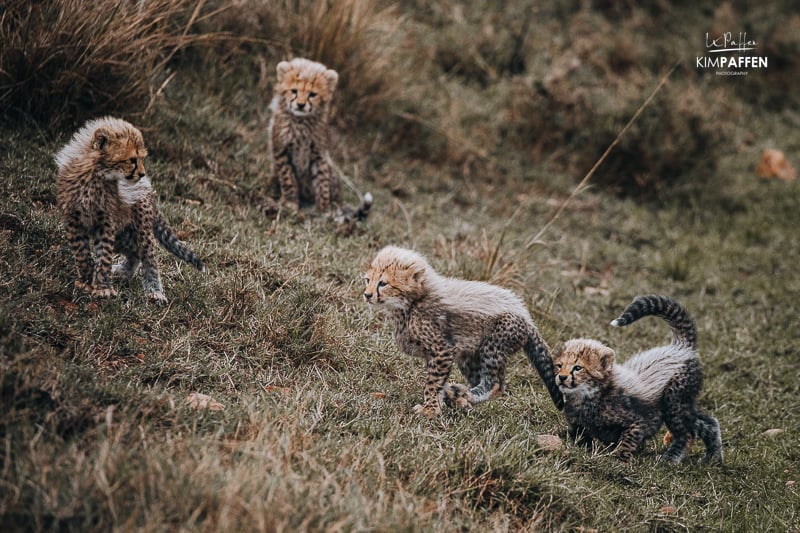
Which is better, Serengeti or Masai Mara?
Serengeti and Maasai Mara are both amazing safari destinations that share the same ecosystem, wildlife, climate, and types of landscapes but there are some differences. For example, The Serengeti National Park is larger than the Masai Mara National Reserve and also more expensive. The main reason for the price difference is that tourists stay inside the Serengeti, where you have to pay a daily concession fee in addition to the National Park fee (140 USD in total).
I honestly can't say which is better, the Serengeti or the Masai Mara. Both offer an outstanding safari experience, but my favorite is the magical Maasai Mara.
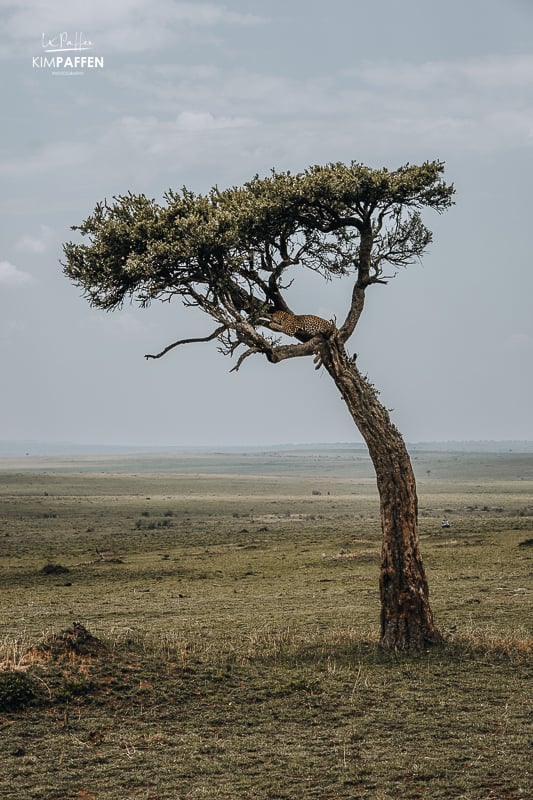
Is Masai Mara malaria free?
Malaria is sparse in the Masai Mara because of its altitude. Mosquitoes generally do not live at those elevations, but they can exist. On my last visit to the Masai Mara, I brought antimalarials but I didn't take them. I do use mosquito repellant and I wear long trousers when the sun starts setting. I'm not a doctor, so my best advice is to consult a doctor before heading to Africa.
Is Masai Mara fenced?
There aren't any fences between the Mara and Serengeti and the surrounding conservancies, so wildlife is free to roam throughout the land. Communities or private establishments use fences, but it can harm the animals. There is a lot of attention to preventing fencing in the area.
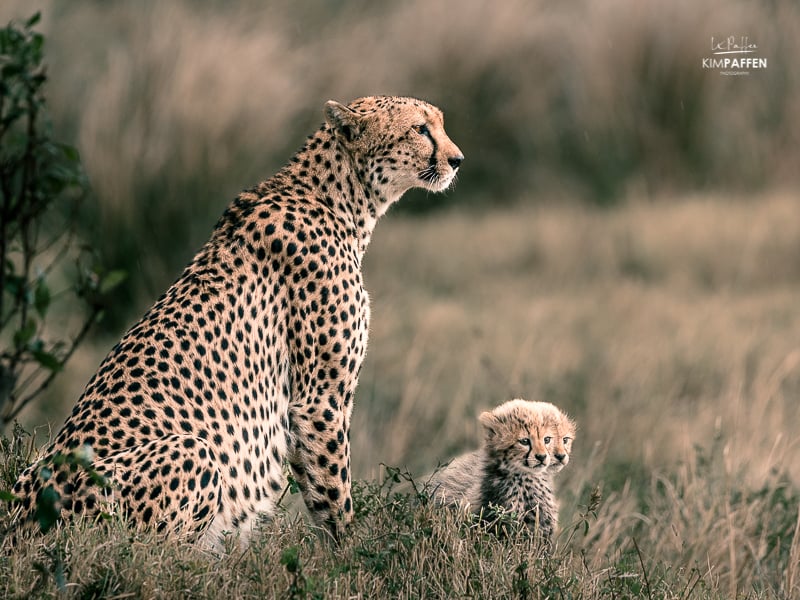
How to enter the Masai Mara National Reserve?
There are 6 entry gates to Masai Mara to make it easier to reach the beautiful National Reserve. Below you can find the 6 Masai Mara gates. Using the correct Masai Mara gate can save you hours of extra driving.
- Sekenani Gate, located on the Eastern border of the reserve
- Talek Gate, located on the Northwestern side of Masai Mara National Reserve
- Musiara Gate, located on the north-eastern side of the reserve, near Oloololo gate
- Oloololo Gate, located on the north-eastern side of the reserve, near Musiara Gate
- Ololaimutia Gate, located on the northeastern side of the reserve
- Sand River Gate, located on the southern end of Masai Mara national reserve
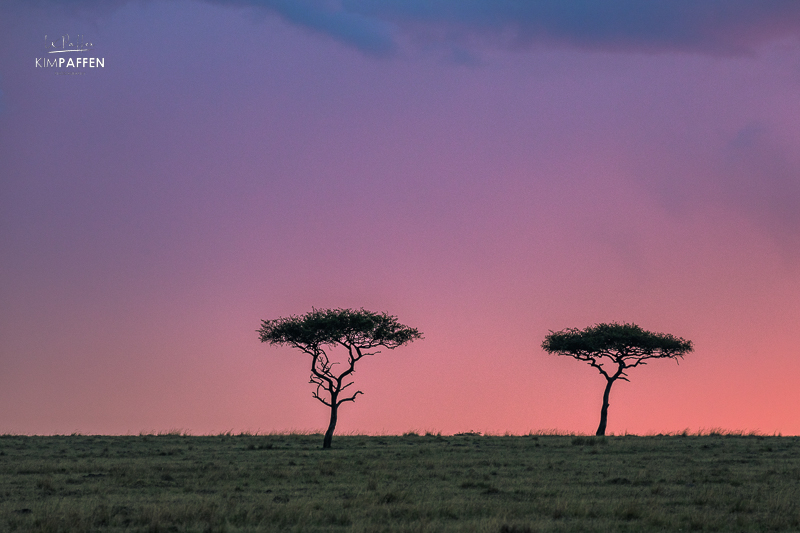
Where to stay in Masai Mara?
Where to stay in the Maasai Mara depends on your wishes and budget. In the southeastern part of the reserve, near the Talek, Sekenani, and Olumununa gates, you can find many accommodations varying from budget to luxury lodges.
We prefer staying at a private Mara conservancy. These exclusive conservancies have strict limitations on visitor numbers, they are smaller and often allow off-road driving. Most of the guides are local (Masai) people, who know the area very well. Last but not least, the population of wildlife is often higher because of strict conservation management. Below you can find examples of accommodation I have stayed at:
- Mid-Range: Wild Bandas, Enonkishu Conservancy
- Mid-Range: Maasai Mara Sopa Lodge, Ololaimutia Hills, on the northeastern side of the reserve
- Luxury: Ashnil Mara Camp, Talek, Masai Mara National Reserve
- Luxury: House in the Wild, Enonkishu Conservancy
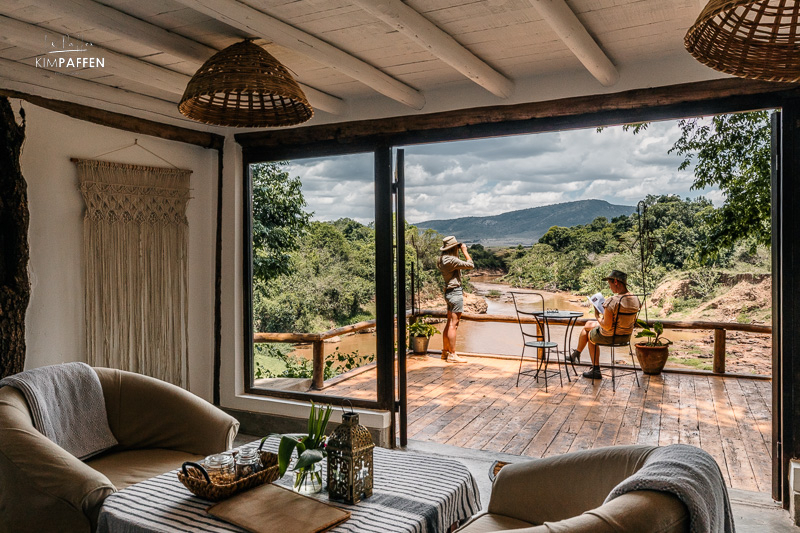
Is a safari in Masai Mara worth it?
Yes. a Masai Mara safari is totally worth it! Whether it’s your first safari or one out of many, you won’t regret going (back) to the Mara. The amount of wildlife is stunning, the landscapes are wonderful, the guides and staff speak English, and you can join a cultural experience with the Maasai tribe.
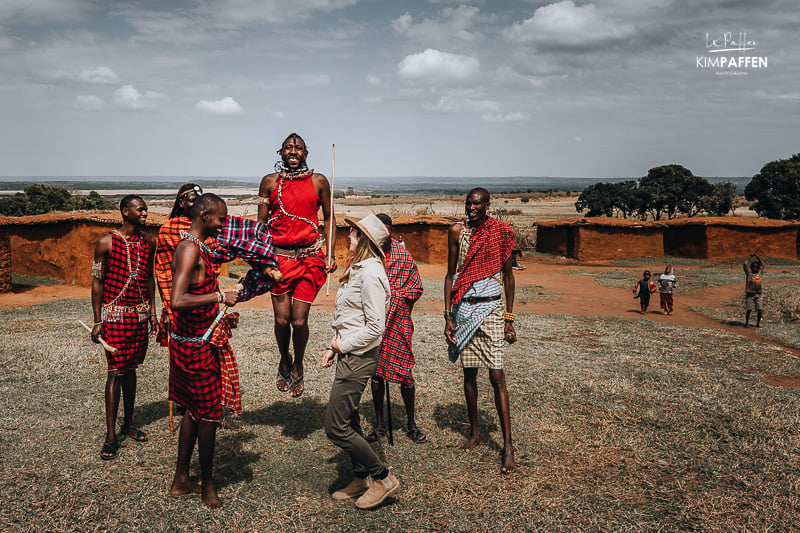
Book a Maasai Mara Safari in Kenya
Looking for the best deals for a safari in the Maasai Mara operated by 5-star rated tour operators? Find interesting deals and Maasai Mara Safari Packages, ranging from budget safaris to luxury safaris.
Maasai Mara Safari in Kenya
In case you have any questions about planning your safari in Kenya or getting around in the Maasai Mara, feel free to contact me. If you are planning your first-ever safari, it might be useful to read the following articles:
- What to expect on a game drive in Africa? 15 things you need to know
- 7 tips to make the most out of your safari game drive
- If you're a keen photographer you might be interested in reading my tips for planning a photography safari in for example the Masai Mara
- What to pack for a safari in Africa? Use this Safari Packing Guide
I hope this article was helpful for you to plan your Maasai Mara safari itinerary. If so, I would be extremely thankful if you'd share this blog on social media and leave a comment below.
Pin this guide to a Maasai Mara Safari in Kenya for later use!
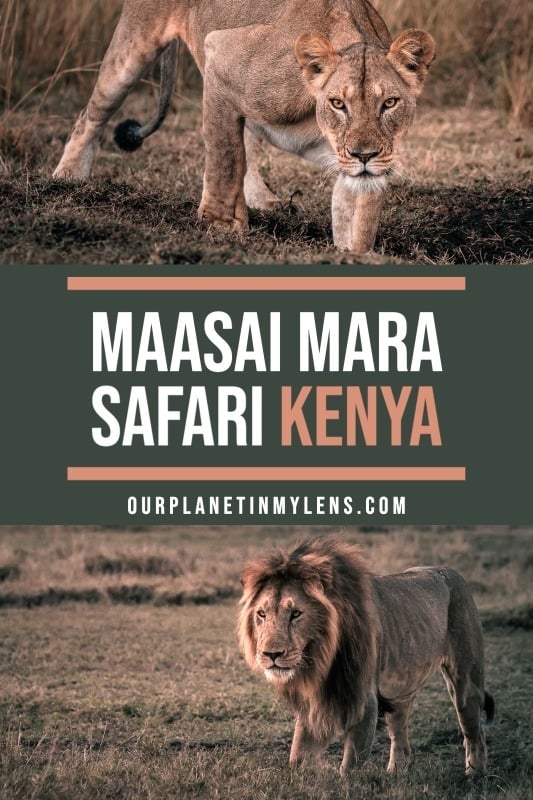
We hope you're enjoying our free travel tips, travel guides, and images taken on our planet. If so, please consider supporting our work by buying us a coffee

